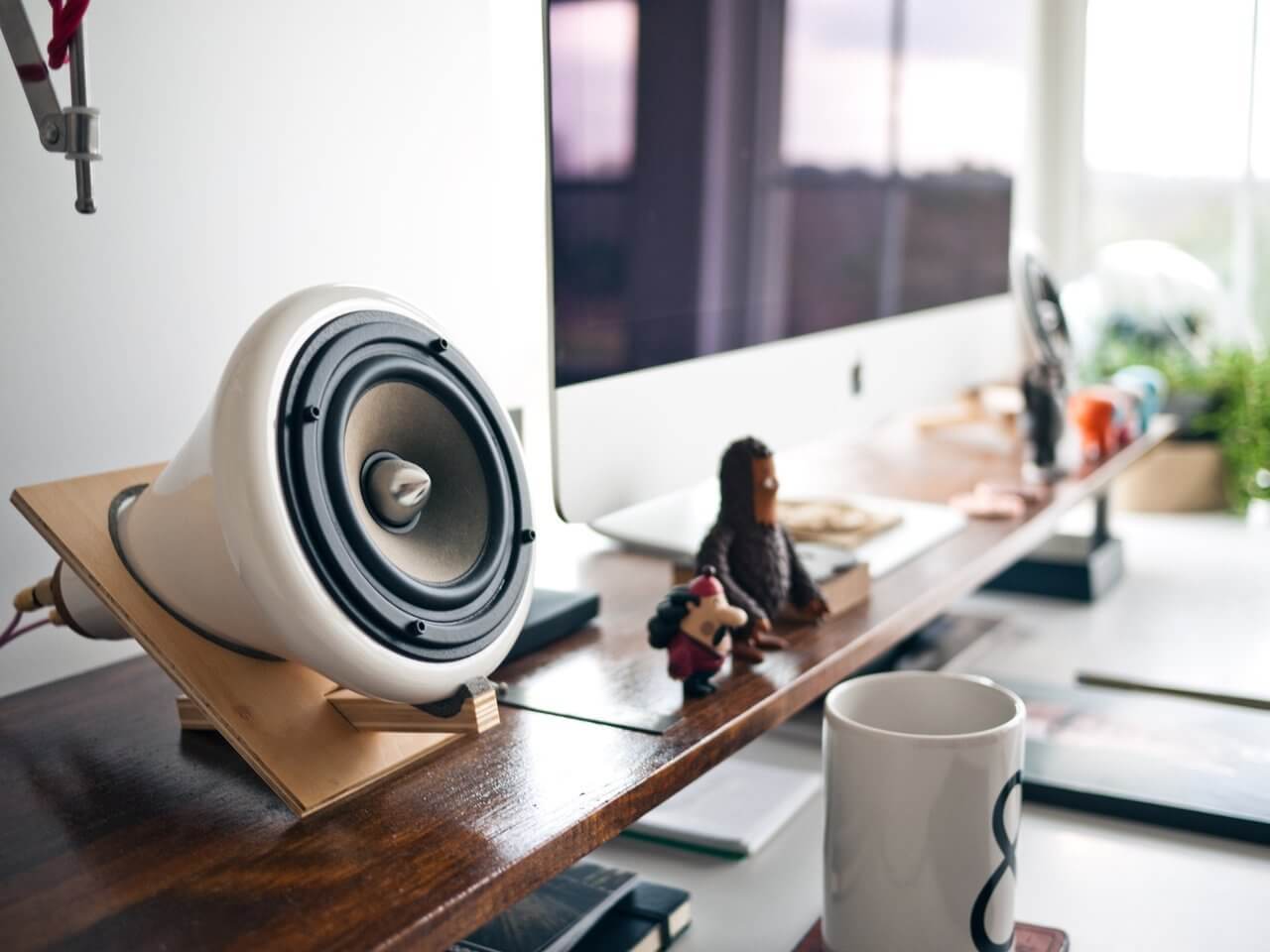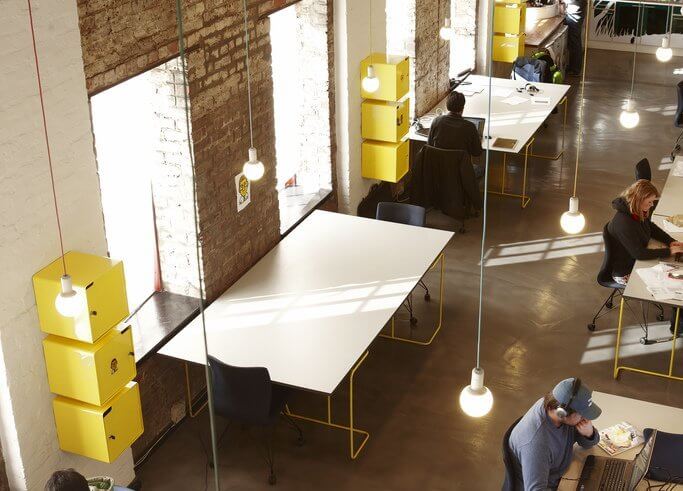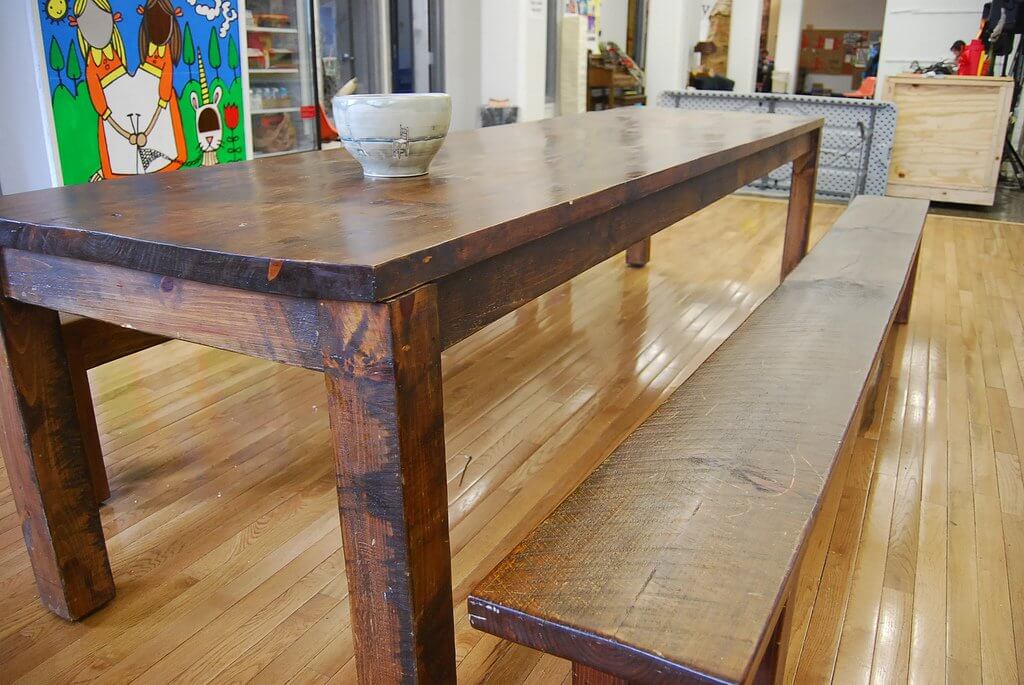
If you’re up to date on the latest trends in facilities management, it’s inevitable that you’ve come across the idea of flex spaces. Flex spaces are areas in offices that can be adapted to serve multiple purposes, from meetings to individual work to recreation. They complement the lifestyles of your employees and create a more versatile office that takes full advantage of its available space.
As such, there’s no surprise that there are several things facilities managers need to consider if they want to create effective, functional and accommodating flex spaces.
Be specific. Be on target.

Facility managers should define what specific role an area should play before starting to create a new space. It can be tempting to create a flexible space that attempts to accommodate everything, but this often leads to something that is poorly designed and ultimately ineffective at delivering benefits to a team. It’s important to choose a function or set of functions and don’t stray from your decision.
Because flex spaces can often play several roles, facility managers should also consider if those purposes blend well with each other. Of course, design will be key.
Does it make sense for a storage space to serve as a meeting room as well? Would a gym space also be good for dining? Is a flexible space the best solution to challenges in the office? You want to address these questions early to avoid cumbersome changes later down the road.
Stay true to design principles
As mentioned above, design will be key for your flexible workspace. On top of being specific, following design principles during your planning ensures that you’re getting the benefits you want out of your flex space while avoiding major pitfalls. Make sure all of your furniture is there for a reason, and include details in your space that reflect your office culture.
Don’t promise that a space will be available for certain functions and then fail to deliver. This is a good start to making a lasting and versatile flex space.
Pick furniture carefully

In combination with design, extra attention needs to be paid to furniture that’s going to be used in a flexible space. When purchasing items, choose furniture that’s easy to move and can accommodate both individual and collaborative activities.
No matter what furniture you choose to go with, always opt for ergonomics. It doesn’t matter how beautiful and flexible a space is, it won’t be used if people aren’t comfortable.
If the workspace calls for desk optimization, consider variations in the types of desks or work stations. If it calls for collaboration and comfy, look at furniture that suits these needs. Remember, always consider the variables of how people work and their preferences when making these decisions.
Account for different work styles
The beauty of a flex space lies in its ability to shift and change according to the needs of specific people. Getting to know how people in the office interact and work will only make it easier to design an effective flex space.
By incorporating design elements like optional desk dividers or even sound dampening, you allow the more individually focused or introverted members of your team to work in comfort. On the other end, provide benches and tables that can be used for collaborative work or social activities, like lunches or parties, to let coworkers get the social interaction they might need to function.
We all know creating a proper, functional flex space isn’t easy, but if you approach the task with a solid plan with focus and careful consideration of your team, you can create an atmosphere that injects a sense of fluidity and freedom in your workplace culture.
Photos: Jeff Sheldon, HALDANE MARTIN, Charles & Hudson



